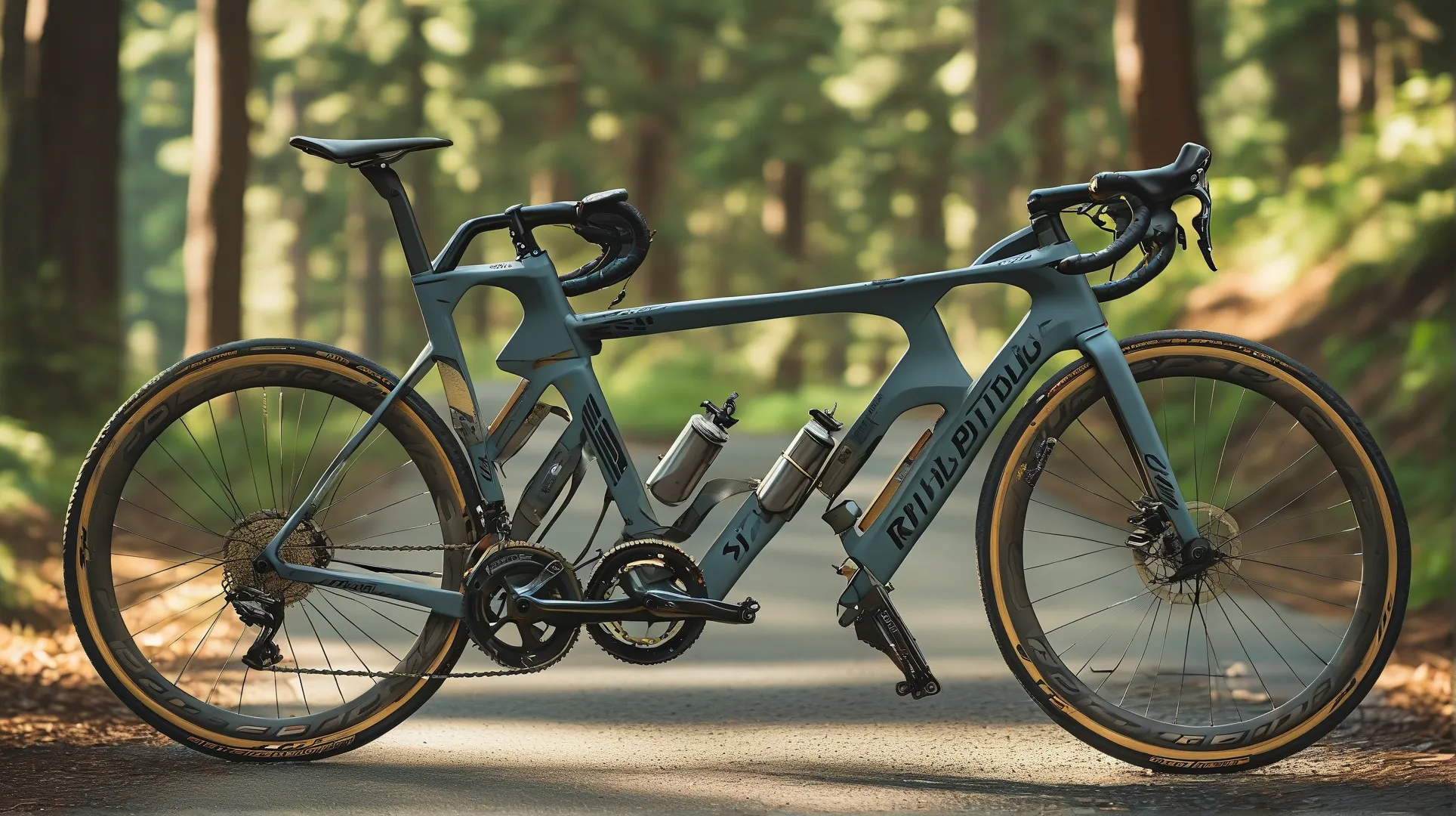Finding the right road bike size is more than just matching your height to a chart—it’s about optimizing comfort, efficiency, and injury prevention. A poorly fitted bike can lead to back pain, knee strain, or reduced power output, turning your ride into a chore rather than a joy. With advancements in bike geometry and personalized fitting tools, 2025 brings smarter ways to dial in your perfect fit.
Why Road Bike Sizing Charts Matter More Than Ever
Modern road bikes feature aggressive geometries tailored for speed, but this demands precision in sizing. According to a 2024 study by the International Journal of Sports Physiology and Performance, riders using correctly sized bikes improved pedaling efficiency by up to 18% compared to those on ill-fitting frames. Leading brands like Trek, Specialized, and Canyon now integrate dynamic sizing algorithms that factor in inseam, torso length, and riding style.
Top 5 Road Bike Sizing Charts for 2025
-
Trek Precision Fit Calculator
Trek’s tool combines body measurements with real-world riding data from over 10,000 cyclists. Input your height, inseam, and flexibility level to receive frame size recommendations across Domane, Emonda, and Madone models. -
Specialized Retül Match
Developed with motion-capture technology, Retül Match analyzes your pedaling mechanics and suggests adjustments to stem length or saddle height. Ideal for competitive cyclists prioritizing aerodynamics. -
Giant RideLife App
Giant’s app syncs with smart trainers to simulate how different frame sizes affect power transfer. Unique for gravel and endurance riders, it factors in terrain variability. -
Canyon Bike Finder
Canyon’s minimalist approach uses shoulder width and arm span to recommend stack and reach measurements—critical for avoiding lower back strain on long rides. -
Bike Insights (Third-Party Tool)
This open-source platform compares geometry data from 200+ brands. Overlay charts to visualize how a Cervelo R5’s stack height compares to a Scott Addict RC.
How to Use Sizing Charts Correctly: A Step-by-Step Guide
- Step 1: Measure your inseam accurately using a hardcover book against a wall.
- Step 2: Note your torso length (collarbone to hip bone) for brands like Orbea that prioritize upper-body fit.
- Step 3: Cross-reference two charts minimum—variances exist even between size 54 frames from different manufacturers.
- Step 4: Test-ride virtually using Zwift’s new Fit Simulator, which adjusts avatar proportions based on your inputs.
Pro Adjustments After Selecting Your Size
Even with a perfect frame match, minor tweaks enhance performance:
– Saddle Position: The KOPS (Knee Over Pedal Spindle) method remains gold-standard for reducing knee load.
– Handlebar Reach: If sizing charts suggest a 100mm stem but you experience wrist pain, swap to an 80mm with a 7° rise.
– Crank Length: Riders under 5’7” often benefit from 165mm cranks vs. standard 172.5mm for smoother cadence.
Common Sizing Mistakes to Avoid
- Overlooking Flexibility: Stiff riders may need a shorter top tube despite height recommendations.
- Ignoring Shoe Stack Height: Carbon-soled shoes add 3-5mm, affecting saddle height calculations.
- Mixing Metric/Imperial Units: Charts from European brands like Bianchi use centimeters—double-check conversions.
When to Consult a Professional Fitter
While charts provide a baseline, invest in a bike fit if you:
– Ride 10+ hours weekly
– Experience numbness or joint pain
– Plan to compete in events like gran fondos
Brands like BMC and Pinarello now partner with certified fitters for post-purchase adjustments—a service growing 40% YoY since 2023.
Road bike sizing in 2025 blends data-driven tools with rider-specific adaptability. By combining trusted charts with smart tech, cyclists eliminate guesswork and unlock their full potential on every climb and sprint. Remember: Your perfect fit isn’t static—reassess annually or after significant fitness changes.
